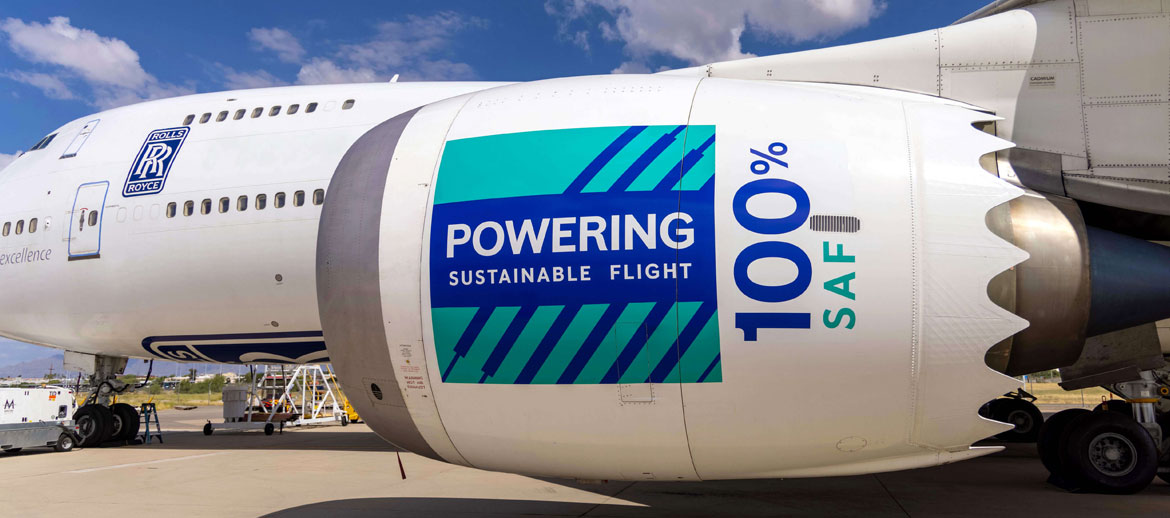News Articles

The aviation industry is increasingly turning to sustainable aviation fuel (SAF) as a primary way to meet its decarbonization targets. Despite this growing emphasis, the sector faces significant challenges, including potential cost increases for passengers and opposition from various quarters.
In recent months, there has been a surge in SAF-related initiatives. For instance, United Airlines has teamed up with Neste to provide SAF at Chicago O'Hare International Airport, while South Korea has set a goal for international flights to use a 1% SAF blend by 2027. The U.K. government, within its first month in office, established a mandate for SAF to cover 10% of jet fuel demand by 2030 and introduced measures to support SAF production, including a revenue certainty mechanism for investors in new plants.
SAF refers to jet fuel derived from more sustainable sources rather than traditional kerosene, which can include used cooking oil, feedstock, woody biomass, animal fat, crops, or waste. Although SAF still produces emissions, its carbon footprint is significantly lower over its lifecycle compared to conventional fuels—by up to 94%, depending on various factors such as the source and production process.
Airbus has made various SAF commitments, including collaborations with HIF Global on methane-based fuels and investments in LanzaJet's alcohol-to-jet fuel technology. SAF has long been touted as a potential solution to reduce aviation emissions due to its compatibility with existing aircraft engines and infrastructure, although regulatory approvals for blending percentages vary.
Despite its potential, SAF faces criticism. Environmental groups have raised concerns about the possible negative impacts of certain SAF types, such as deforestation and competition with agricultural land. Some view the push for SAF as a form of "greenwashing" that may not be feasible on a large scale.
One of the main obstacles to SAF adoption is the limited supply. United Airlines, for example, has been using SAF since 2016 but has struggled with availability. SAF remains a key focus for achieving net-zero carbon emissions from aviation by 2050, a target set by the International Air Transport Association (IATA). However, IATA's forecast for SAF production to reach 1.9 billion liters in 2024 would only satisfy a small fraction of global aviation fuel demand.
Although SAF is a priority for short- and medium-term goals, the aviation industry is also exploring other technologies, such as hydrogen-powered and electric aircraft.
Challenges in the SAF sector include creating necessary infrastructure and securing both public and private funding. The market for SAF has grown substantially, but issues such as refinery construction, biomass supply, and regulatory alignment continue to present hurdles.
The financing landscape for SAF has seen significant investment, but successful projects require well-structured plans to attract funding. Regulatory frameworks, such as the European Union's Renewable Energy Directive and Japan's 2030 SAF mandate, are seen as positive developments. In the U.S., the Inflation Reduction Act of 2022 has spurred growth in SAF startups, prompting major airlines to establish SAF investment funds. However, consistent and long-term policy support is needed to build investor confidence.
The higher cost of SAF compared to conventional jet fuel is another challenge. Initially, this cost will be borne by consumers, particularly in affluent markets. However, scaling up production, as seen with solar, wind, and battery industries, is expected to drive down prices over time. As production scales and efficiencies improve, SAF is anticipated to become more competitive, factoring in the environmental costs of fossil fuels.
In summary, while SAF presents a promising path toward reducing aviation emissions, significant challenges remain. The sector must navigate issues related to supply, infrastructure, regulatory frameworks, and cost before SAF can achieve widespread adoption and fulfill its potential as a sustainable aviation solution.